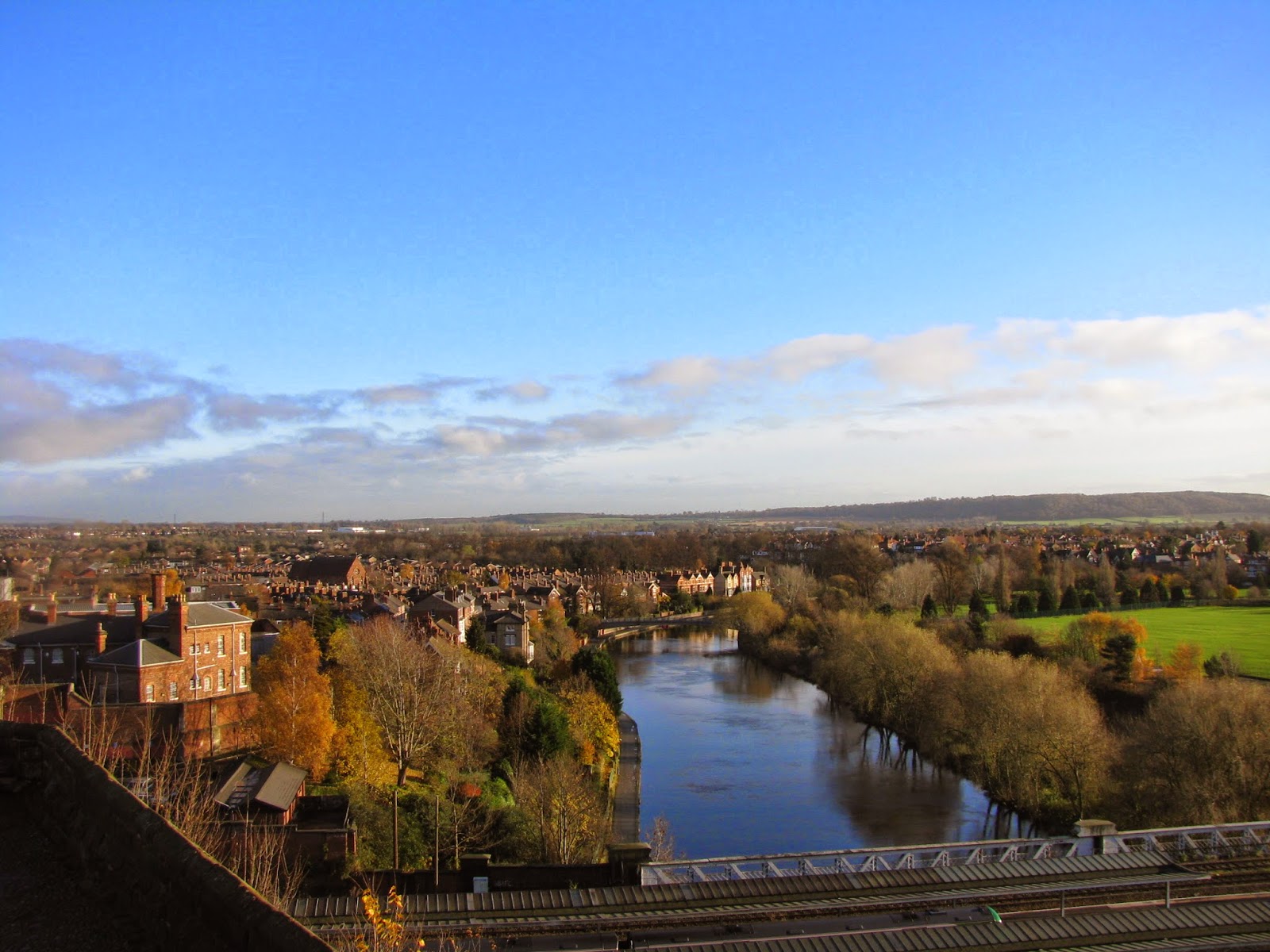...or Parasite?
When I was at High School, and being introduced to serious English poetry by a forward-thinking teacher, Owen Lewis, my two favourite English poets were Gerard Manley Hopkins and John Keats.
John Keats
|
Especially Keats's "Ode to Autumn" which I set about learning by heart. When I am wandering about the garden at this time of the year, some of his lines come readily to mind:
"Thy hair soft-lifted by the winnowing wind"
or:
"Thou watchest the last oozings hours by hours".
Ben Whishaw plays John Keats
|
So I was interested the other evening that Maori TV showed "Bright Star" about Keats's love affair with his neighbour Fanny Brawne.
Paul Schneider who plays Brown
|
In the film there is a third major character: Keats's friend and mentor, Charles Brown. Brown is depicted in the film as a crochety, fussy substitute parent, trying to get Keats's butterfly mind focussed on his poetry, and worrying that the relationship with Fanny was distracting him.
Abby Cornish was Fanny
|
When, after nursing his brother Tom through his final TB illness, (Keats had completed his medical training), Keats himself contracted the same disease, the doctors recommended that he move to Italy to take advantage of a better climate. He went to Rome, leaving Brown behind, and died there in 1820.
Brown moved about a bit and eventually in the late thirties arrived at Plymouth where he settled for a while. He got involved in the Plymouth Institution, a kind of library cum adult education cum discussion society. He became friendly with Tom Woolcombe, the Institution's secretary, and joined in with a group of radical thinkers among the members.
Charles Brown Snr
|
Woolcombe was also secretary of the Plymouth Company, which was planning an emigration project to the New Zealand region. Eventually when the ships left for New Plymouth, Brown was on board the Oriental, arriving in late 1841, three months later than his son, Charles Jnr.
Arriving here, he acquired a parcel of land overlooking one of the rivers and the East End Beach and built a house there. One of the streets nearby is still called Brown Street after him. However after a few months he became ill and died.
He was buried on the hillside above the Taranaki Cathedral, but during the Land Wars his grave was covered over by the excavations made by the troops guarding the hill. It was not rediscovered until a century later and restored.
There is nothing spectacular about it as you can see from this sketch:
Shortly before his last illness, Charles began a campaign to have something done about the lack of a good port for New Plymouth and he called a public meeting which was very critical of the surveyor, Carrington, who had chosen the site because of the good land available rather than chosing an alternative with a good port but no usable land nearby.
Charles Jnr later became the Superintendent, or CEO, of the Provincial Council, and together with Carrington continued to strive for the building of an artificial port. By the end of the century they had succeeded in having a solid breakwater built.
As an old man, Charles Junior was badly injured in a level-crossing accident when he was struck by a railway engine while crossing the railway lines in the main street. The outcry from the public was so great that the Government rebuilt the railway line in 1907 to avoid the level-crossing and it has been on its new route ever since.















































